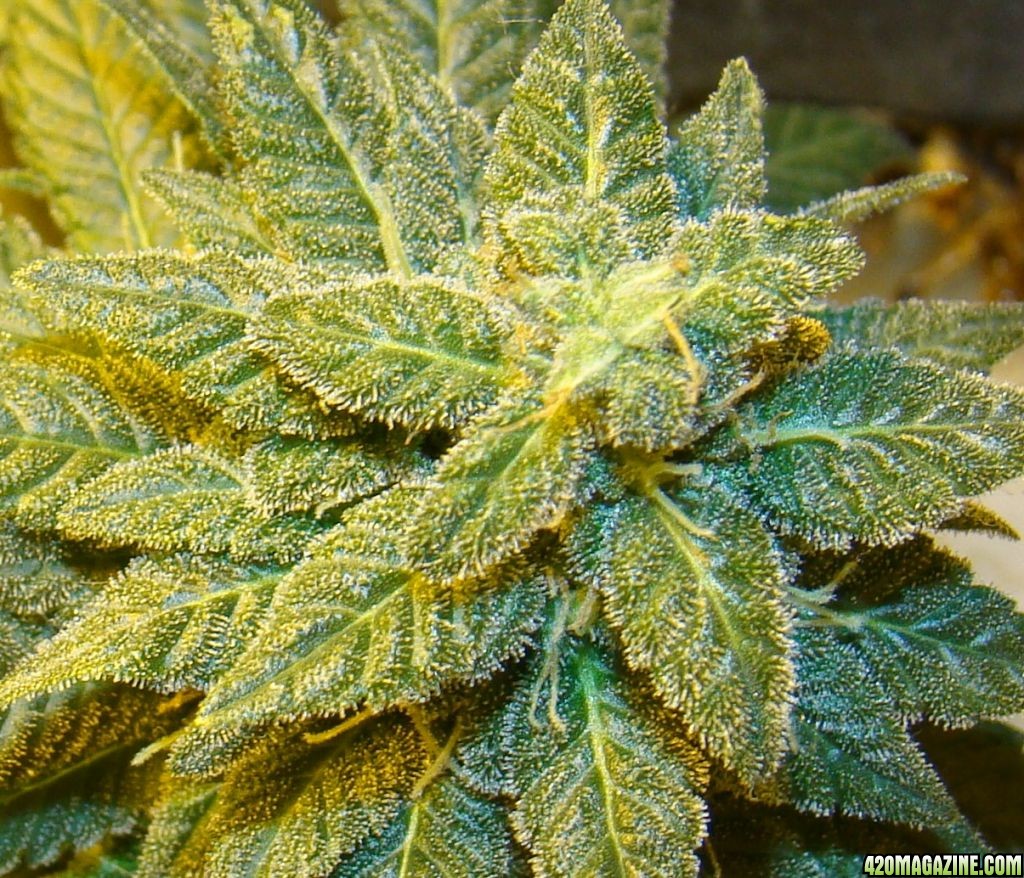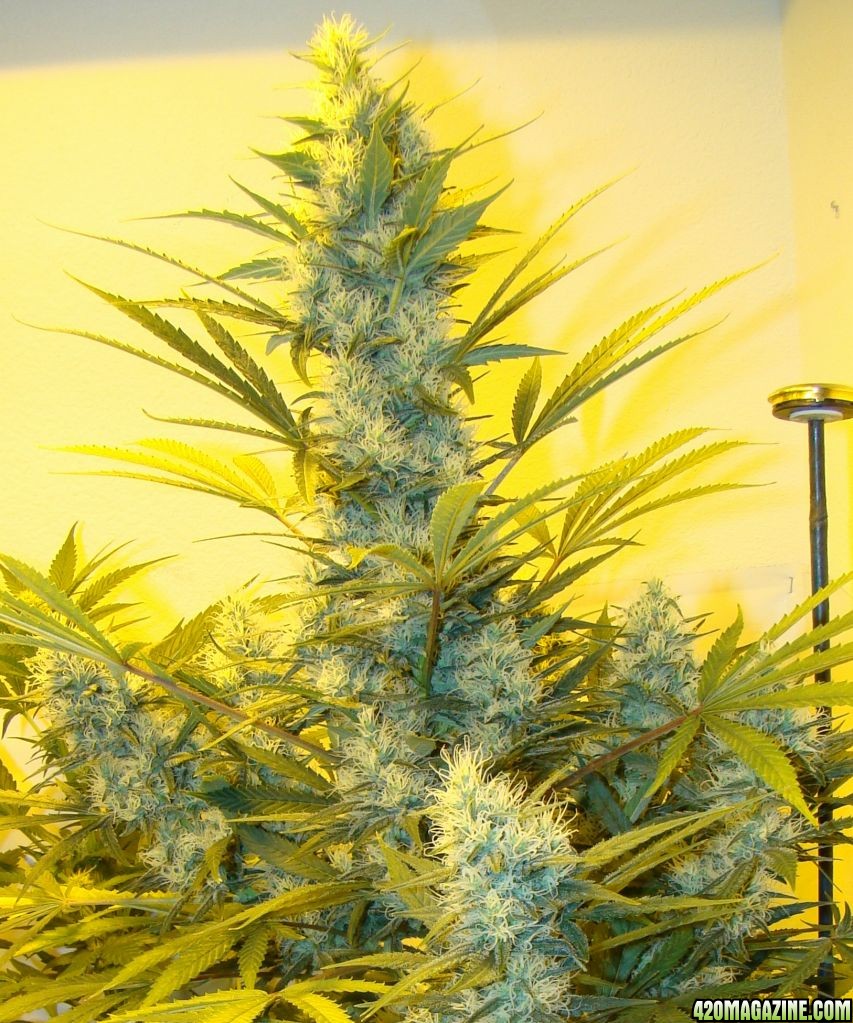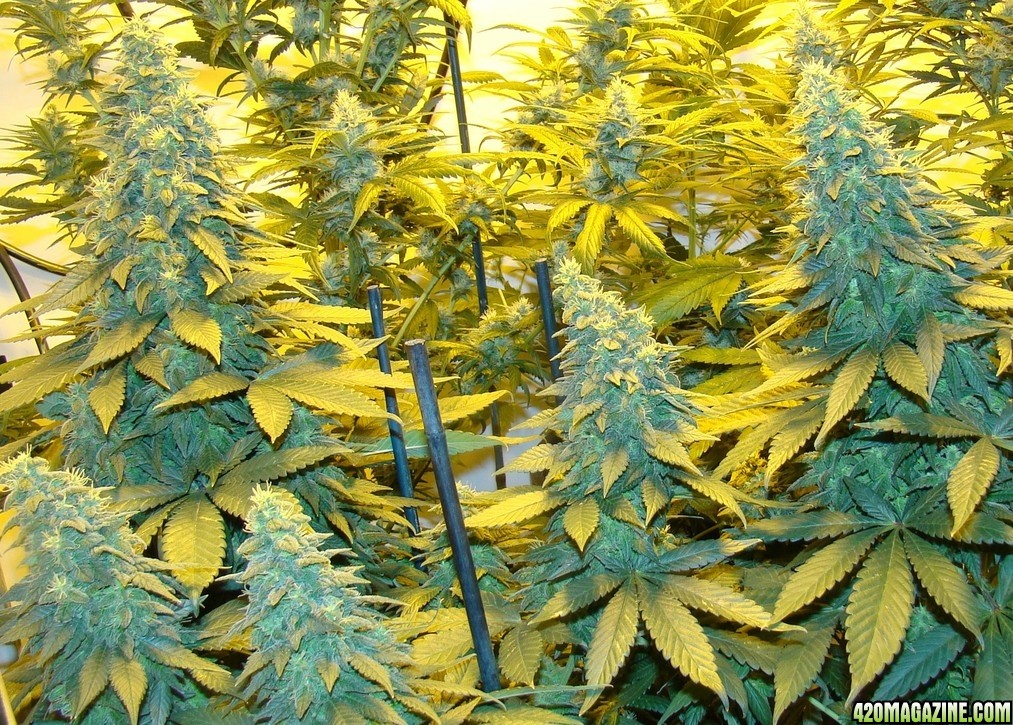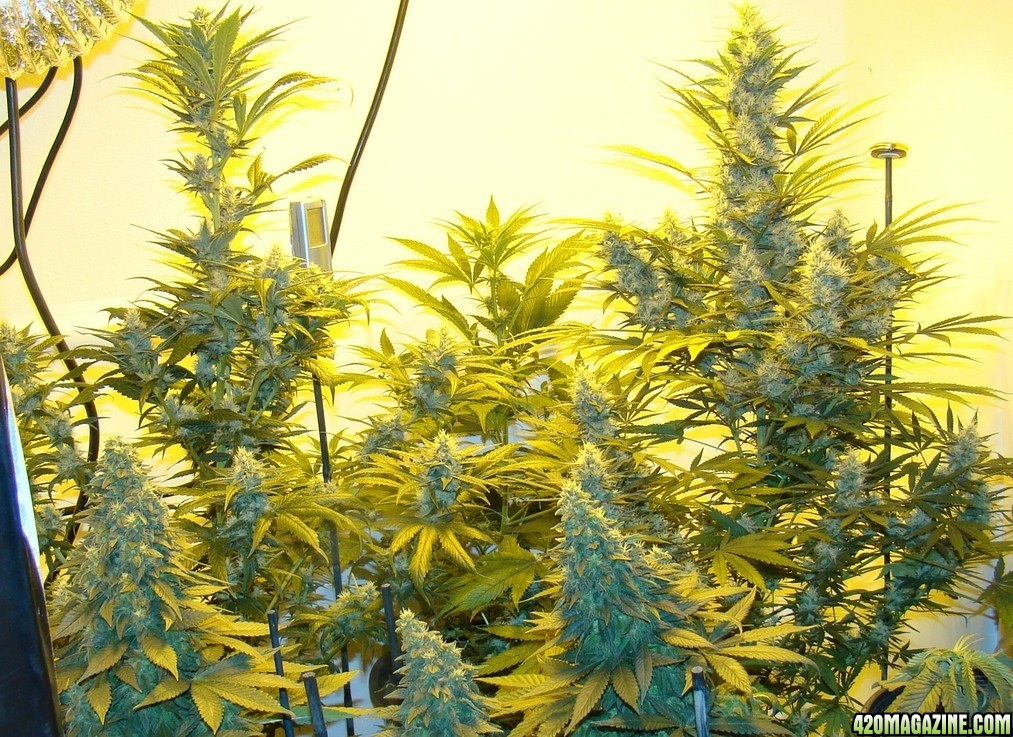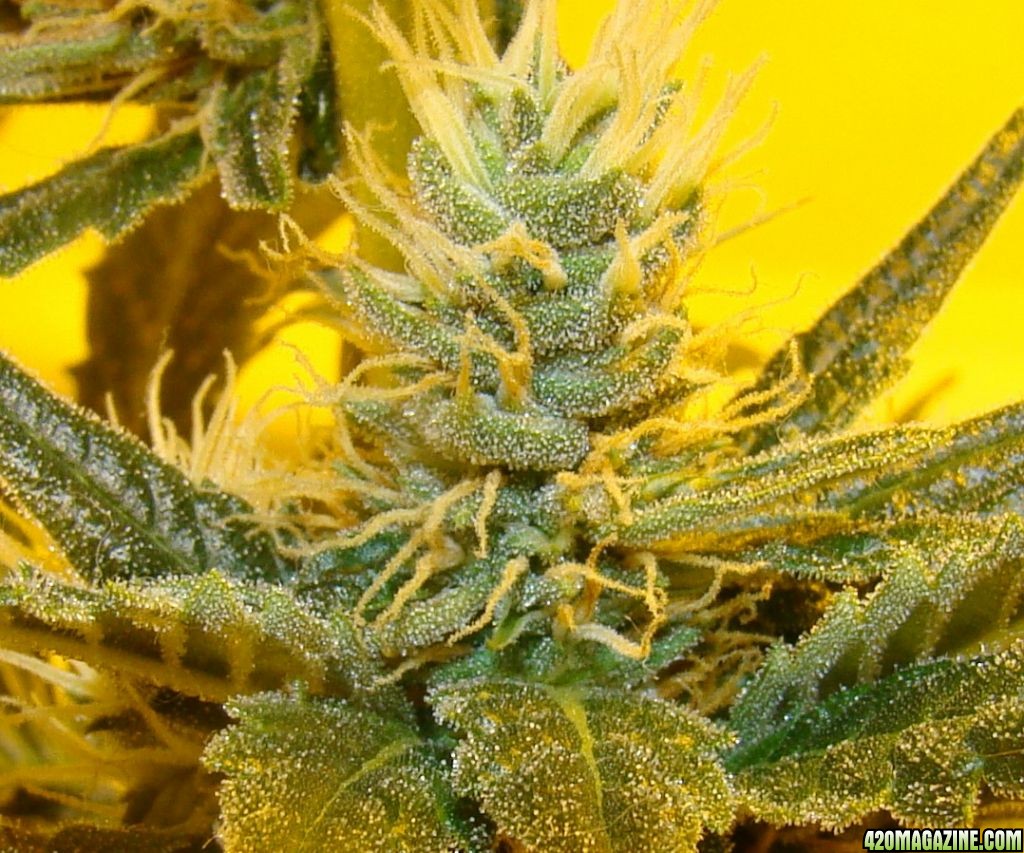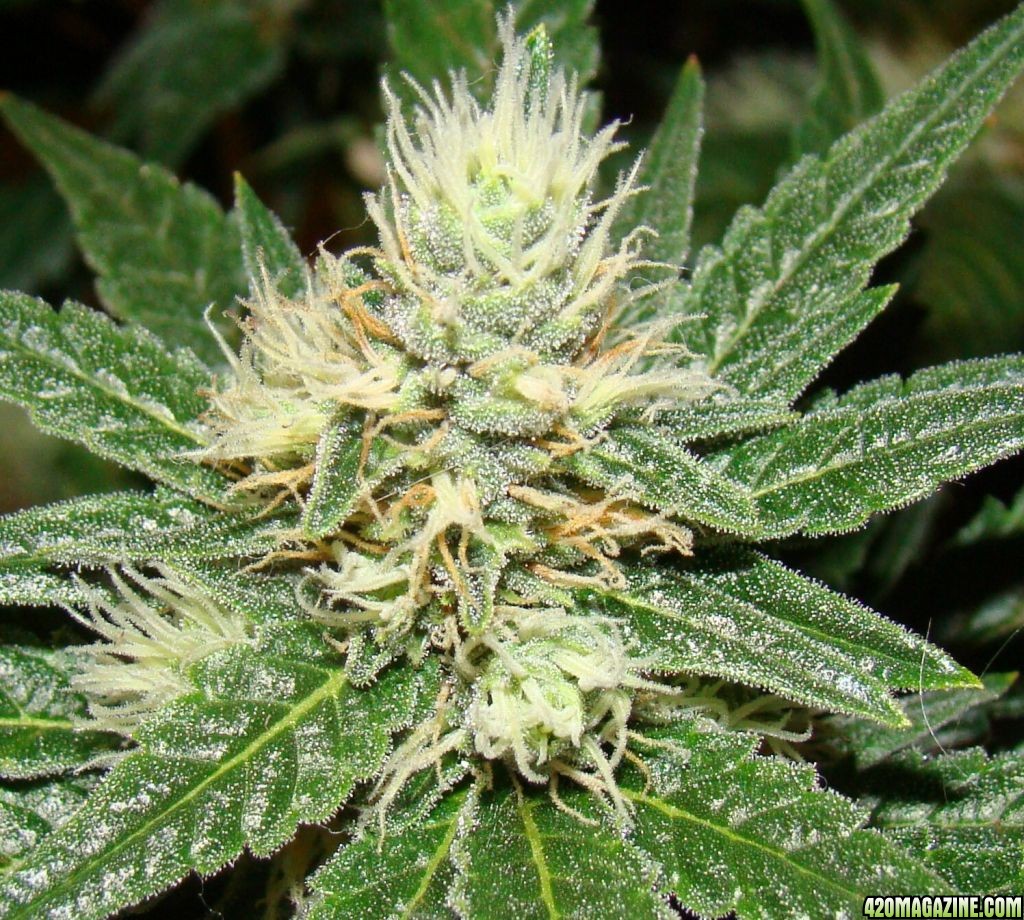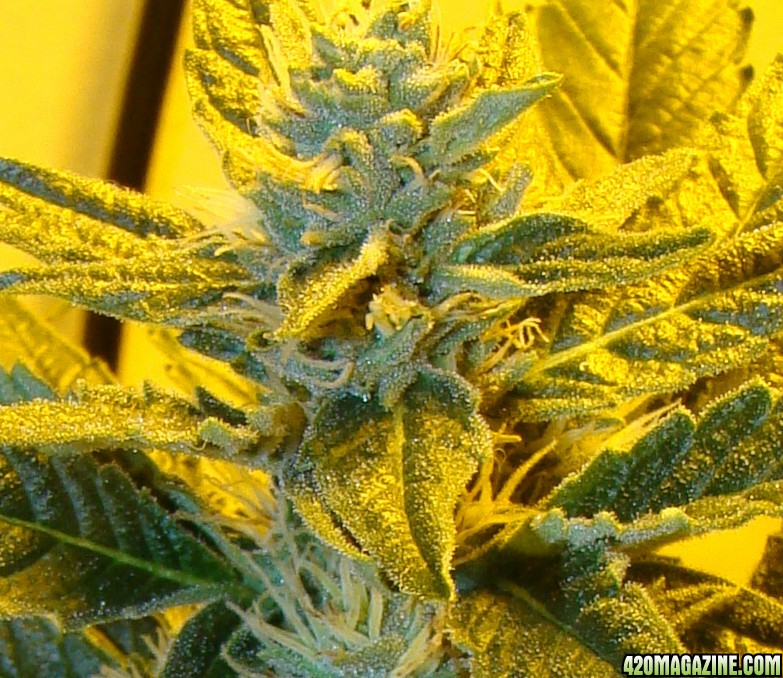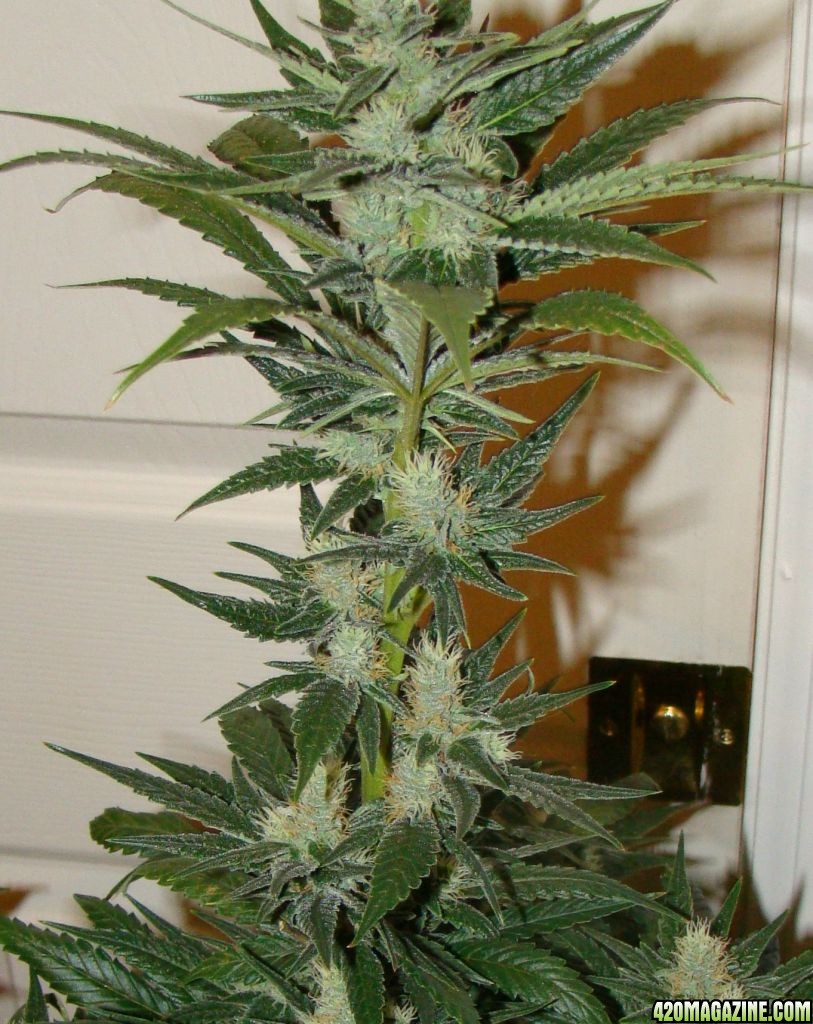The only lime I can find in large quantities in my area, including at Home Depot, is Hydrated lime. I have read where Depot does sell large bags of real dolomite lime but I can't find it here. From what I've read, Dolomite is preferred for MJ. The only dolomite I can find is Espoma (pelletized), which I grind to powder with an old coffee grinder.
Anyway, here are my notes on lime...
Lime neutralizes those acidic components, making it a great soil anti-acid. Furthermore, plants utilize applied fertilizers more efficiently on soils that are properly limed.
You will find reference to at least four kinds of lime in agriculture: crushed limestone [Calcium carbonate (CaCO3)], dolomitic lime [Calcium-magnesium carbonate (CaCO3--MgCO3)], burned or quick lime [Calcium oxide (CaO)], and slake or hydrated lime ]Calcium hydroxide (Ca(OH)2)]. Of these, dolomitic lime appears to be the best additive to raise pH and promote growth.
This is because dolomitic lime includes manganese and because dolomite lime acts slowly and continuously, and hydrated lime acts almost instantly. Use hydrated lime instead of dolomite lime for faster results, but don't use too much; you can create toxicity problems, which won't arise with dolomite lime, by using too much hydrated lime. Always use fine dolomite lime, since coarser grades take years to have a substantial effect. Dolomite lime is available at most nurseries.
Do not over-lime. It's best to apply lime according when a soil test shows that the ph for your fern is too low. Excess lime is likely to result in iron chlorosis of plant. If plants appear chlorotic after a lime application, low manganesecan also be the problem. Applying lime raises the soil pH and reduces the availability of manganese. In such cases, manganese should be applied to the soil. Soils with adequate manganese levels should not show symptoms following lime application.
Hope that helps!!

Harry
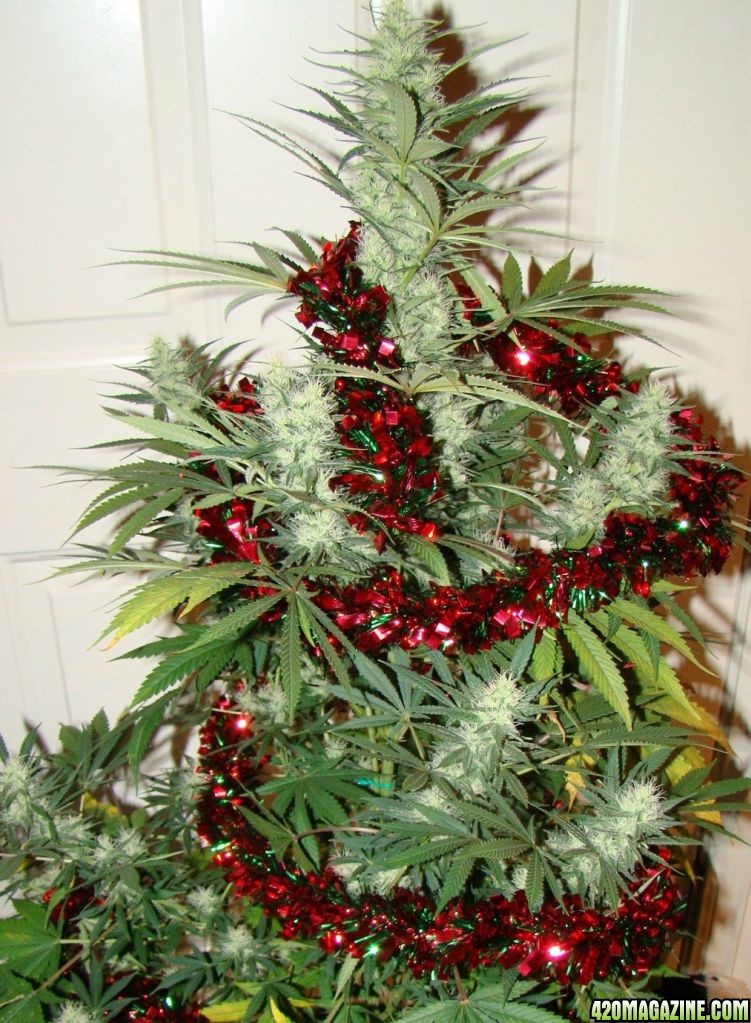
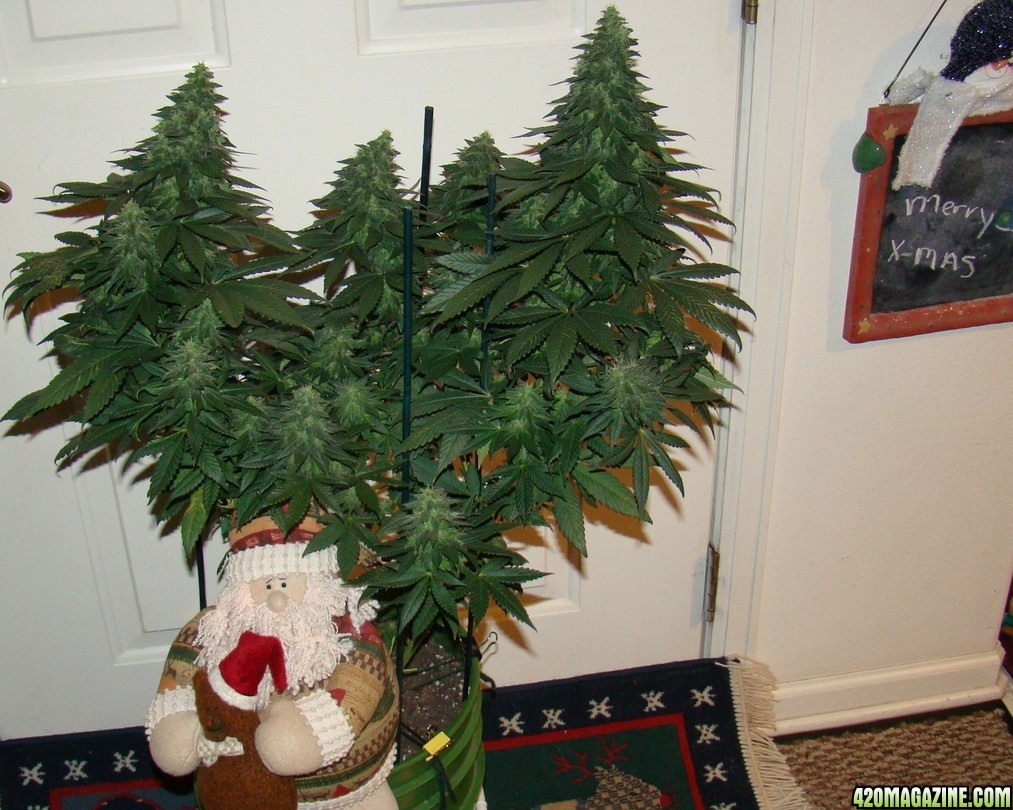
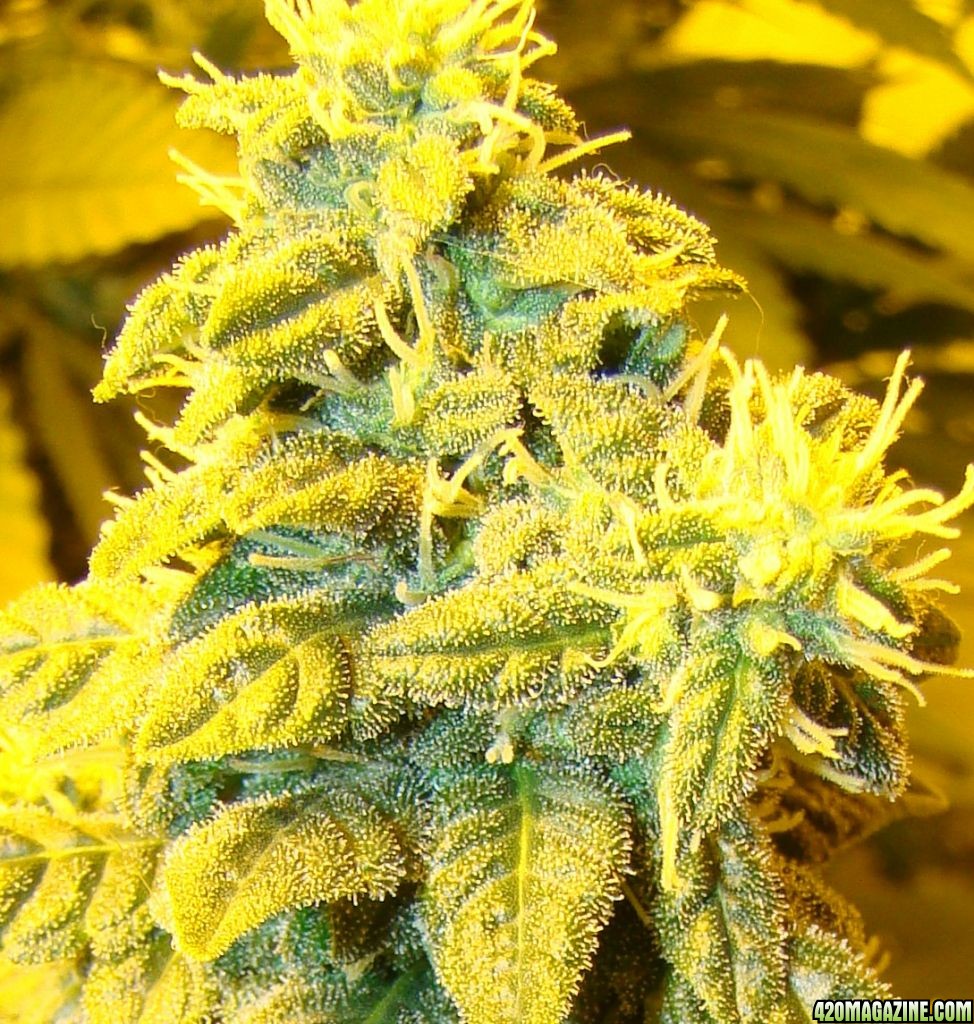















 . Plants look great. Lovin the G.
. Plants look great. Lovin the G. 
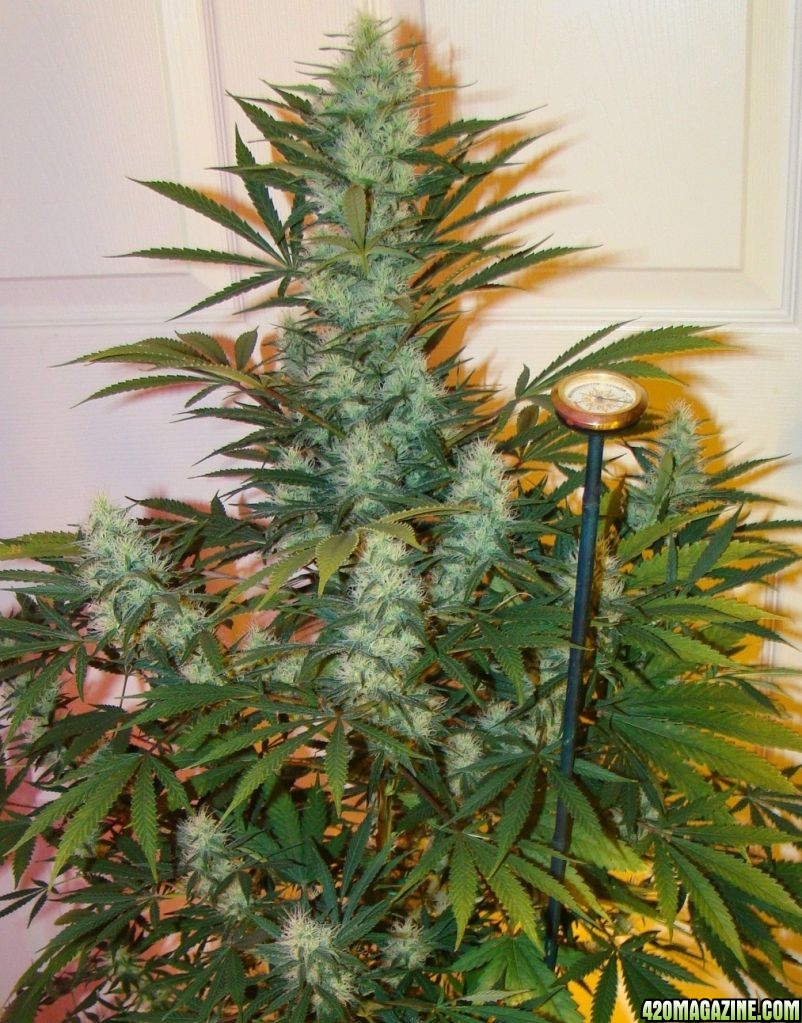
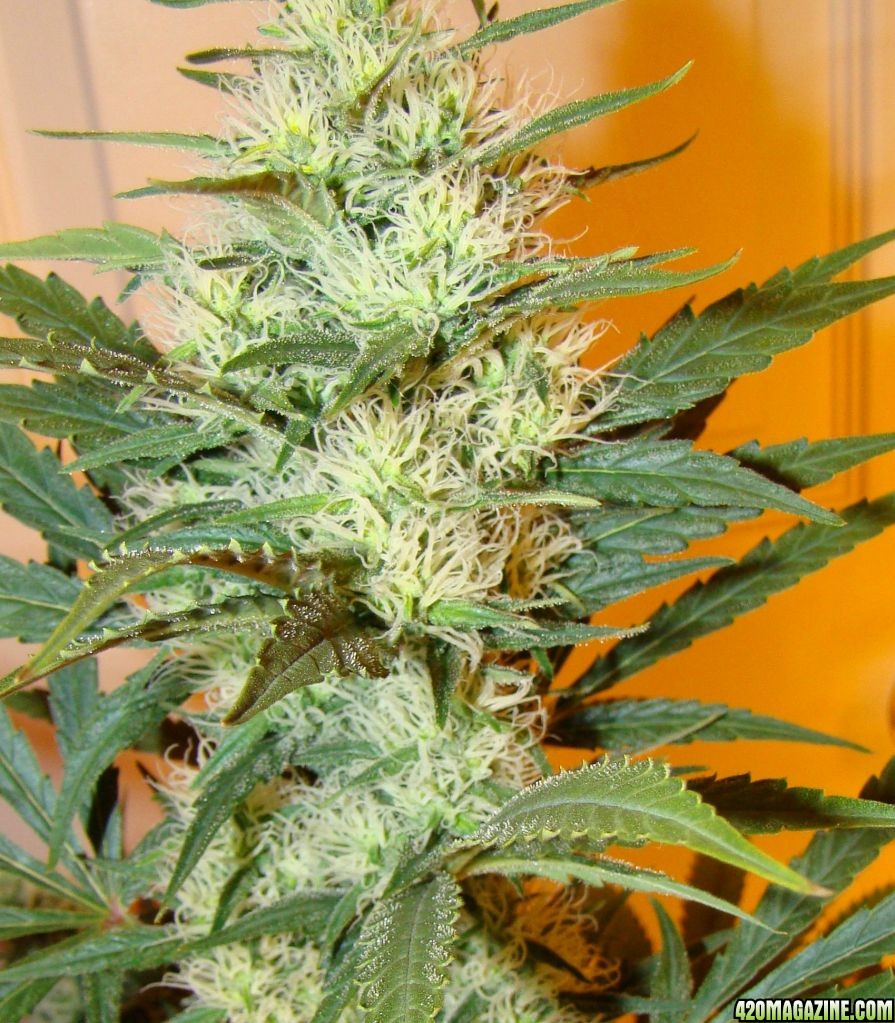
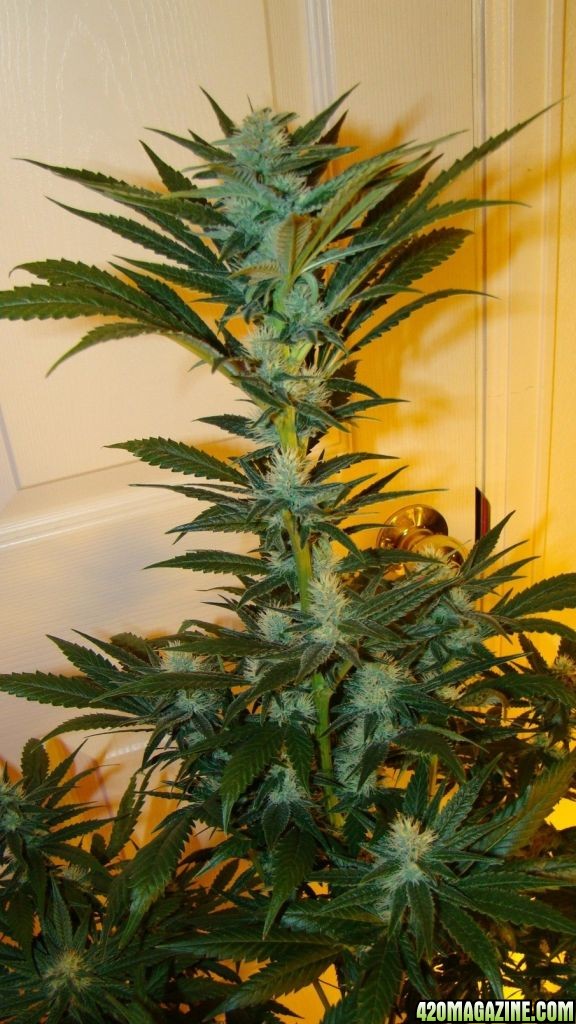
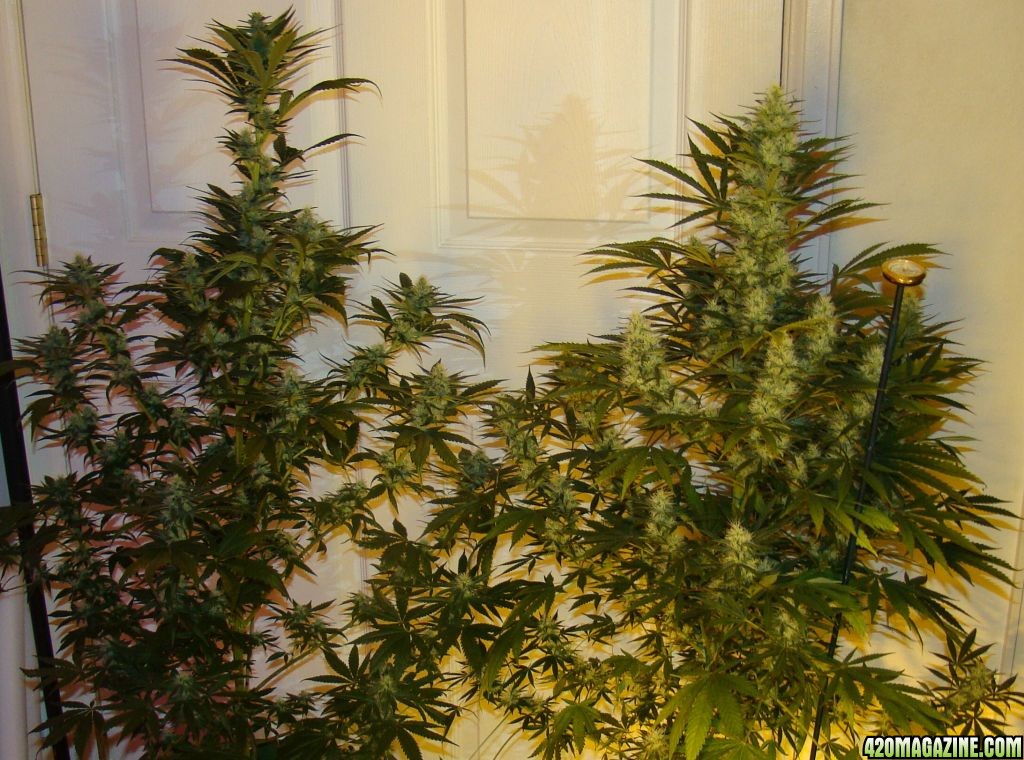
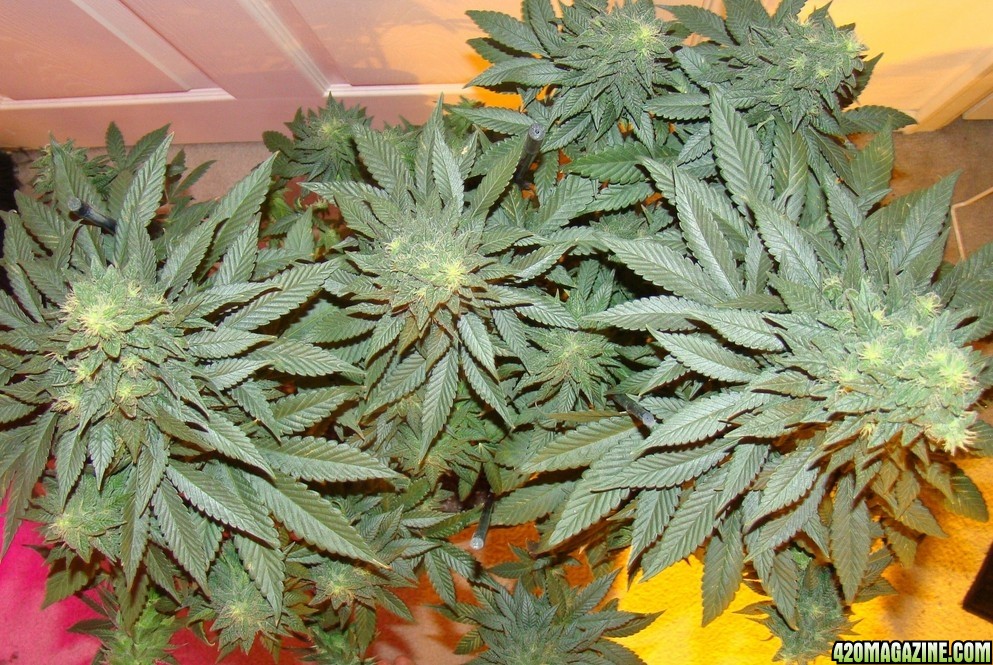
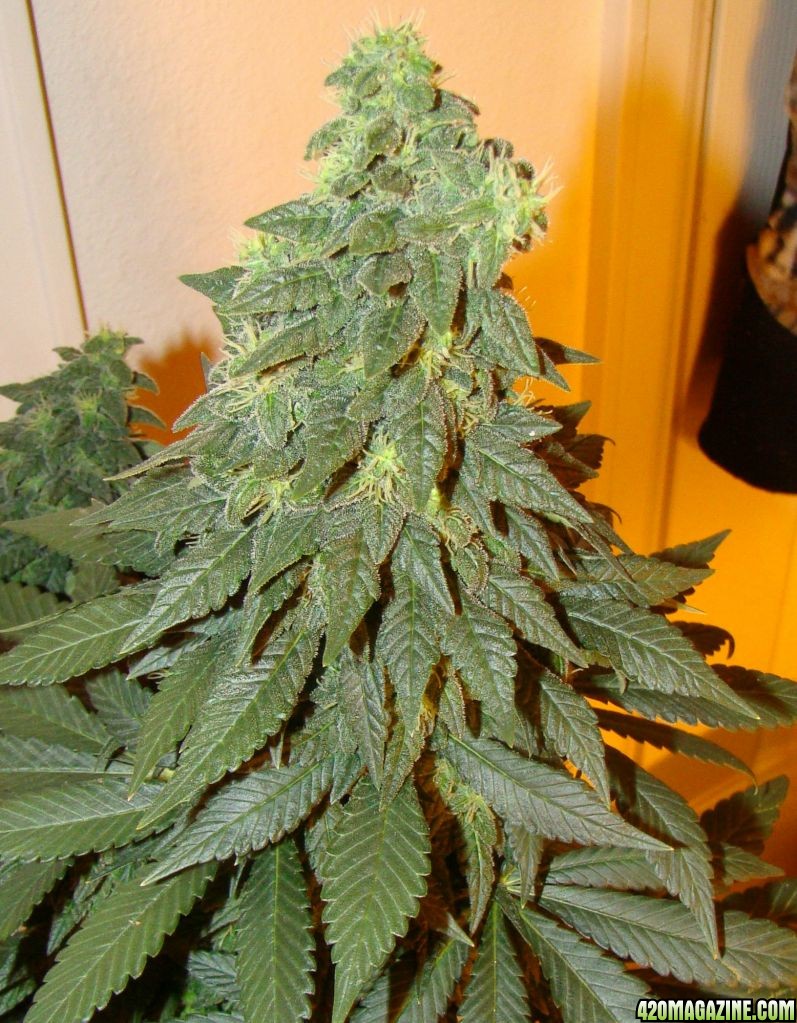









 Today is day 43 for the G and 40 for the rest.
Today is day 43 for the G and 40 for the rest. 